The Ultimate Guide to LinkedIn Content Creation for B2B Lead Generation
Connecting with the right audience in a professional setting can be done smoothly by Creating Linkedin Content that shows not only your Authority but also your Personality & How your Prospects can See you from the emotional side.
With over 900 million users worldwide, LinkedIn help you reach decision-makers, industry leaders, and potential clients in ways that other platforms can’t match.
In this linkedin Guide for Content and B2B Lead Generation, we’ll dive into strategies to help you leverage LinkedIn’s potential and make those valuable connections count.
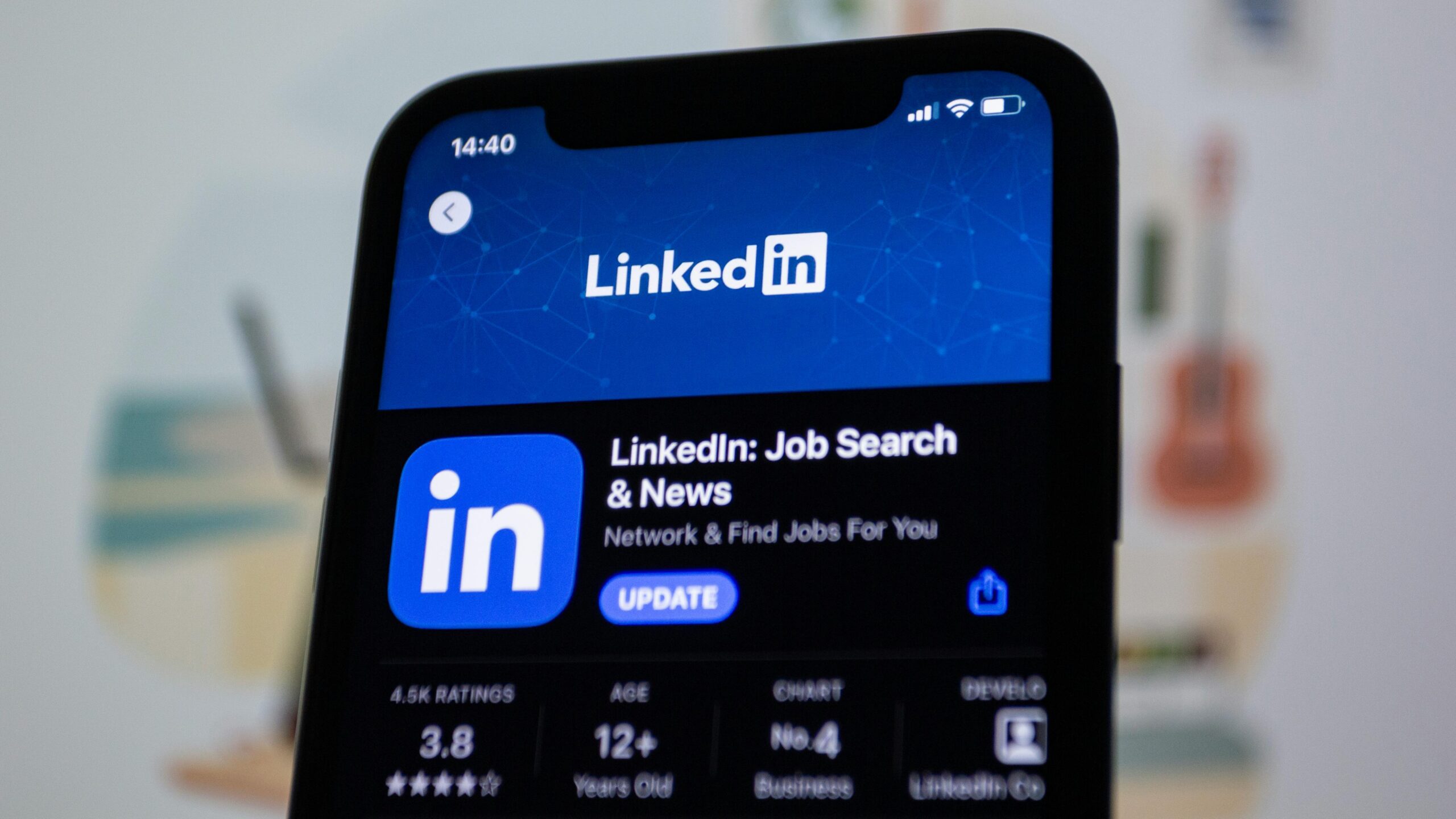
We all know how LinkedIn can offer an unmatched opportunity to generate quality leads and expand networks through well-crafted content
The Main Problem lies in the know how among most of us
Don’t worry we will cover everything you need, from building a content strategy to automation and ROI measurement, helping you maximize LinkedIn’s potential.
Whether you’re just getting started with LinkedIn marketing or looking to refine your strategy interms of B2B lead generation, this comprehensive guide will equip you with actionable insights to help your business grow on LinkedIn. Explore our LinkedIn Marketing Services for more insights.
Creating LinkedIn Content for B2B Leads
The next time you decide to craft your content strategy, each piece should resonate with your target audience, addressing their challenges and inviting engagement.
Each piece of content should reprensent a certain stage in their buyer journey
Offering solutions to their challenges can lead the way into establishing your authority, and inviting engagement.
Let’s dig deeper into the know how of crafting an impactful Piece of Content
Know Your Audience
The know how to make craft your strategy from your Target audience point of view begin by defining your audience’s pain points, interests, and business goals.
Then you can tailor your messaging in each piece to address certain unique challenges that decision-makers face in your industry
By Following these steps you to create content that speaks directly to the needs of your ideal clients.

Curious about how we can tailor LinkedIn content specifically to your industry? Check out our Lead Generation Guide designed to help you connect with the right people.
Optimize Your LinkedIn Profile
A well-optimized profile acts as a trust-building tool, encouraging prospects to explore your services further.
Here is How:
- Headline: Craft a compelling headline that highlights what you do and the value you bring to clients.
Example: Helping businesses [solve a specific problem] with [your expertise]
- About Section: Use wha’ts in it for me strategy & Write an impactful summary that shows the real benfits your target audience should expect from you (specific solutions), besides your experience, expertise.
- Portfolio: Use LinkedIn’s Featured section to share content highlights, case studies, or client testimonials that reinforce your authority, You can use it as a lead magnet offer as well

Learn more about our LinkedIn Profile Optimization services.
Craft High-Quality Content That Resonates
To excel in LinkedIn Content, ensure your posts educate and inspire, delivering value that speaks directly to the needs of B2B audiences.
The following best practices can help you create posts that align with these objectives:
- Share Practical Insights: Aim to share actionable tips, industry news, or thought leadership that addresses specific challenges faced by your audience.
- Use Data and Case Studies: Incorporate statistics or case studies to back up your points, as B2B readers often appreciate evidence-driven content.
- Incorporate Storytelling: Even in a professional setting, storytelling can be highly engaging. Share real-world experiences or success stories that humanize your content and make it relatable.

Use Visuals to Increase Engagement
LinkedIn posts that include images, infographics, or videos tend to receive higher engagement than text-only posts.
Visual content, as discussed in this Guide, is essential to simplify complex ideas and boost engagement.
- Infographics: Great for summarizing statistics, comparisons, or industry trends.
- Short Videos: Brief, informative videos that cover specific topics, trends, or case studies.
- Carousels: Multi-slide posts that guide viewers through information in a structured, engaging format.

Include Strong Calls-to-Action (CTAs)
A clear call-to-action (CTA) is essential for guiding your audience toward the next step, whether that’s engaging with your post, visiting your website, or scheduling a consultation. Use action-oriented phrases like:
- “Download our free guide to learn more.”
- “Comment below with your thoughts on this trend.”
- “Schedule a free consultation to discuss your strategy.”

Post Consistently for Better Reach
Consistency is key to building visibility and credibility on LinkedIn.
As by posting regularly, you will not only increase your chances of reaching your audience but also you can keep your brand top of mind.
This can be done through creating a solid content calendar (which we’ll discuss later) that Covers your Target audience buyer journey at each Stage from initiatiing interest till the action stage
Think of it as touch points that guide him to move from stage to another down Through your Tailored sales funnel
Top LinkedIn Content Types for B2B Lead Generation
It all strats by choosing the right content type to achieving your B2B marketing goals on LinkedIn.
As we discussed different types of content appeal to audiences in varied ways, and each serves unique purposes in a well-rounded content strategy.
Here’s an overview of the most effective LinkedIn content types for B2B marketing, along with tips on when and how to use each one.

LinkedIn Articles
- Purpose: Establish authority and provide in-depth insights on industry topics.
- Best For: Thought leadership, educating your audience, and showcasing expertise.

LinkedIn articles allow you to publish long-form content directly on the platform
We use it to to share deep insights about our brand without requiring the reader to leave LinkedIn.
These articles are ideal for covering complex topics, sharing industry trends, or providing a comprehensive guide that educates your audience.
Take into consideration that when writing LinkedIn articles, aim to focus on topics that are highly relevant to your niche, and ensure the content is valuable enough to engage readers for an extended period.
Text Posts with Personal Insights
- Purpose: Build credibility and foster authenticity.
- Best For: Sharing personal stories, quick insights, or professional reflections.

Simple text posts are effective for delivering direct messages without the distraction of images or links. Personal insights, anecdotes, and reflections often perform well because they add a human touch to your brand, showing that there’s a person behind the profile. Sharing lessons learned, challenges overcome, or industry observations can foster engagement and make your brand more relatable to potential clients.
Infographics and Visual Posts
- Purpose: Simplify complex information and increase engagement.
- Best For: Presenting statistics, summaries, or step-by-step processes.

Visual content like infographics and images can capture attention quickly, making them especially useful for distilling complex information. Infographics can effectively convey data, processes, or comparisons in a visually appealing way. For B2B audiences, this format is perfect for summarizing survey results, showing market trends, or explaining workflows.
Video Content
- Purpose: Increase engagement and communicate dynamically.
- Best For: Tutorials, industry insights, product demos, and behind-the-scenes glimpses.

Video posts often receive higher engagement than static content, as they can effectively convey emotion and capture attention quickly. Short-form videos (under two minutes) work well on LinkedIn, allowing viewers to consume content quickly without interrupting their workflow. Consider using video to share expert tips, explain complex concepts, or give a glimpse into your company culture. Adding captions is recommended since many viewers watch videos on LinkedIn without sound.
Polls
- Purpose: Gather feedback and spark interaction.
- Best For: Research, audience engagement, and understanding preferences.
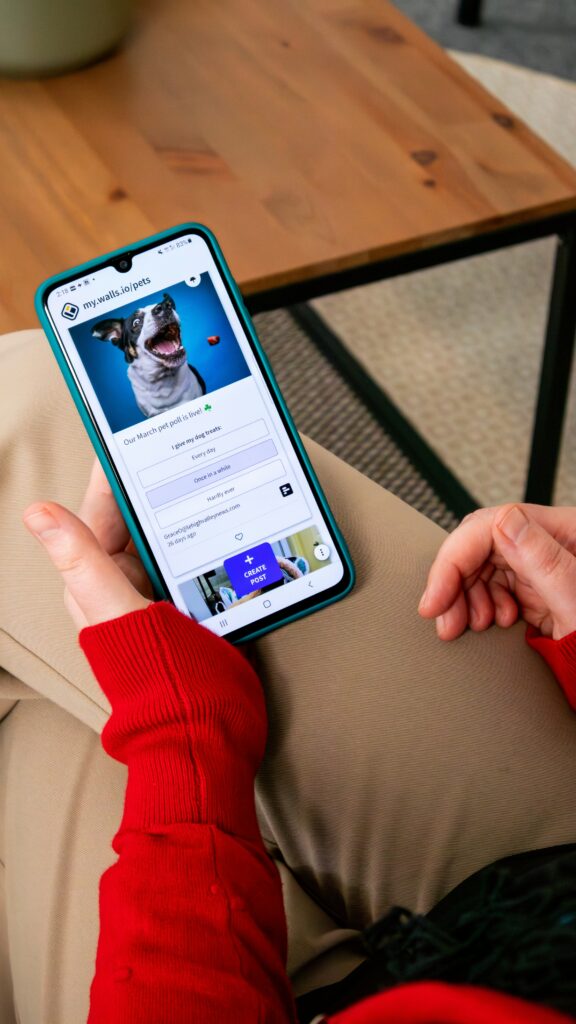
Polls are a simple yet powerful tool for engaging your audience and gathering insights. B2B marketers can use LinkedIn polls to understand industry trends, gauge audience interests, or even conduct quick market research. For example, you could ask about challenges related to specific services or inquire about preferences between two solutions. The feedback gathered can also serve as inspiration for future content topics.
Carousel Posts
Carousel posts allow you to upload multiple images or slides in a single post, creating an interactive experience as users swipe through each frame. Carousels are effective for visually guiding your audience through content, making them ideal for “how-to” guides, key takeaways from reports, or even showcasing case studies. They are particularly engaging because viewers are naturally drawn to swipe through to see the entire message.
- Purpose: Engage users with interactive content and tell a story.
- Best For: Step-by-step guides, listicles, and presenting multiple ideas.

User-Generated Content (UGC)
- Purpose: Build social proof and trust with your audience.
- Best For: Showcasing client testimonials, customer stories, and employee advocacy.
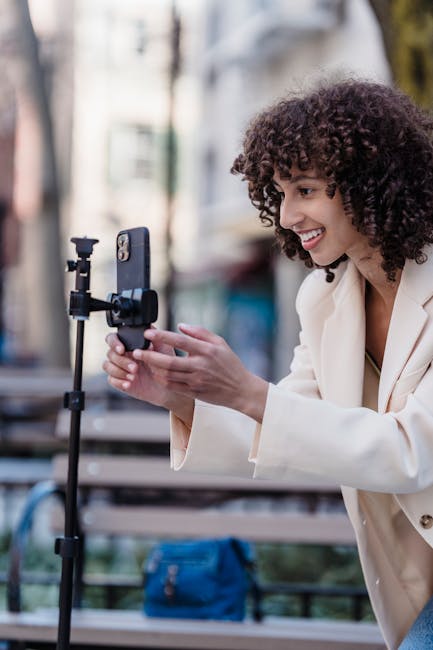
UGC can add an element of authenticity and credibility to your brand.
It can be used for sharing testimonials, customer success stories, or insights from your team can help demonstrate the value of your services.
This strategy not only increases trust but also encourages existing clients or employees to become advocates for your brand.
Event Announcements and Webinars
Announcing events like webinars or live sessions can be an effective way to engage your LinkedIn audience in real-time, offering an opportunity for direct interaction. Webinars allow you to discuss industry-specific issues, offer product demos, or provide in-depth training, making them an excellent choice for building authority and gathering leads. Posting event announcements or registration links also serves as a touchpoint to remind your audience of upcoming opportunities.
- Purpose: Drive attendance and create real-time engagement opportunities.
- Best For: Industry webinars, product launches, and networking events.

LinkedIn Content Calendar for B2B Companies
Your content calendar is essential for consistency and effectiveness interms of LinkedIn strategy.
As, it ensures regular content sharing and alignment with marketing goals, facilitating audience engagement.
Event Announcements and Webinars
Before setting up a content calendar, identify your objectives for LinkedIn.
For those Looking to generate leads, boost brand awareness, or position yourself as a thought leader,
Defining these goals becomes a must in helping you plan content that aligns with your overall strategy.
These key metrics might include:
- Engagement Rate: Tracks likes, comments, and shares, indicating how well your content resonates.
- Click-Through Rate (CTR): Measures clicks on links, helping to gauge interest in external resources or lead magnets.
- Conversion Rate: Monitors leads generated from LinkedIn, especially important for B2B lead generation goals.

Identify Core Content Themes
To create a balanced content calendar, establish core themes relevant to your business and audience. Some popular B2B content themes include:
- Industry Insights: Sharing trends and updates on what’s happening in your sector.
- Educational Content: Providing practical advice or tips that can help your audience solve common problems.
- Case Studies and Success Stories: Highlighting how your services have helped real clients.
- Behind-the-Scenes: Offering a glimpse into your company culture, fostering a more personal connection.
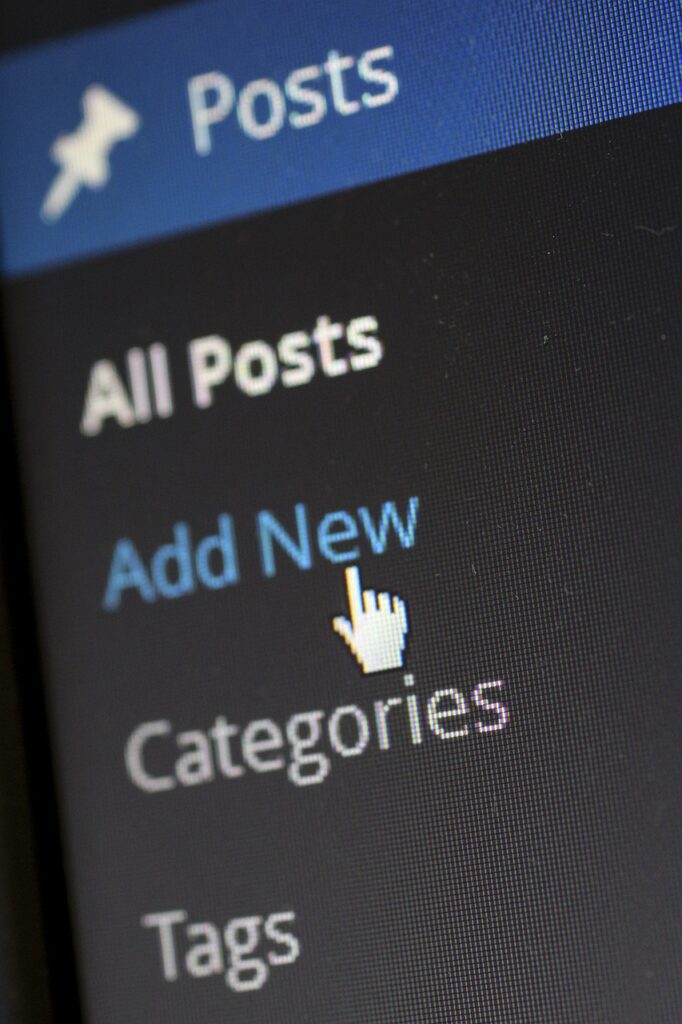
Plan Weekly Posting Cadence
Establishing a consistent posting schedule is crucial on LinkedIn, as the platform rewards regular engagement. Many B2B companies find success posting 2-5 times per week. A common approach could look like:
- Monday: Industry insights or news.
- Wednesday: Educational content or tips.
- Friday: Case study or client testimonial.

Schedule Around Peak Engagement Times
Posting at the right time can make a significant difference in engagement.
According to LinkedIn insights, B2B content often performs best during weekdays, particularly around mid-morning or early afternoon when professionals are active on the platform.
I advice you to experiment with different posting times and monitor engagement to identify what works best for your audience.
Leverage Tools for Efficient Scheduling and Monitoring
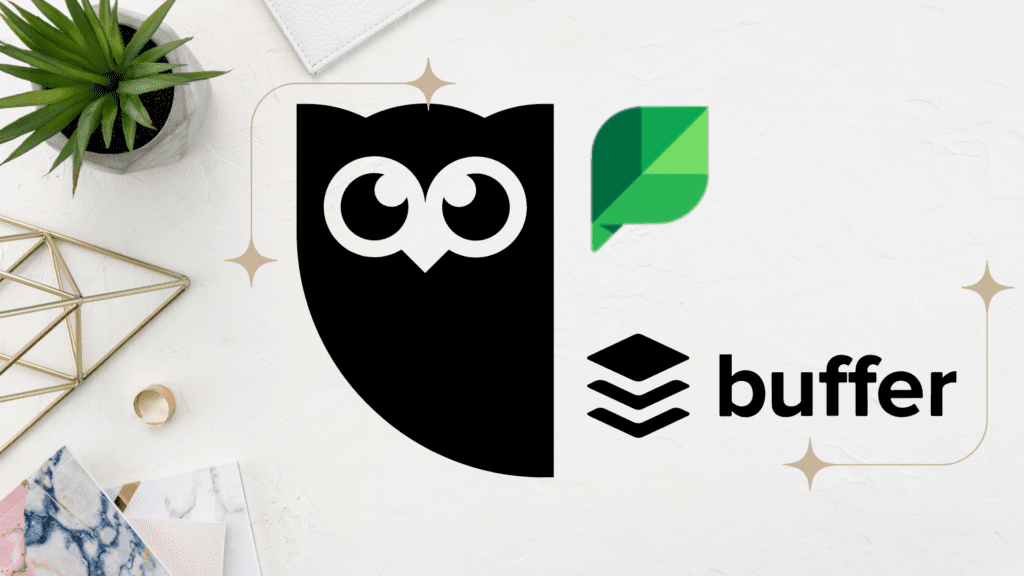
Tools like Buffer, Hootsuite, Sprout Social can streamline your content creation process smoothly
Many also provide analytics that allows you to track engagement, identify peak times, and adjust your calendar accordingly.
Additionally, LinkedIn’s own scheduling features can be used for direct posts, and tools like Trello or Google Calendar are effective for collaborative planning.
Plan for Flexibility and Real-Time Adjustments
While a content calendar is helpful for maintaining consistency, leave room for flexibility. In B2B, industry news, trends, or urgent updates can arise that may be relevant for your audience. Be prepared to adjust your calendar as needed to incorporate timely content that keeps your brand relevant and responsive.
Regularly Review and Refine Your Calendar
A successful LinkedIn content strategy is not static. Regularly review your calendar to assess which posts perform well and which don’t, using the insights to inform future content. Consider a monthly or quarterly review of your LinkedIn analytics to refine your calendar, experiment with new content types, and focus more on what resonates with your audience.
Top LinkedIn Content Types for B2B Lead Generation

Measuring the ROI of your LinkedIn content helps assess your B2B content strategy’s effectiveness.
It enables you to track performance, optimize your approach, and ensure your content drives engagement and lead generation.
Here’s how to measure LinkedIn content ROI effectively for B2B.
Define Key Performance Indicators (KPIs)
Start by identifying KPIs that align with your goals on LinkedIn. The most relevant metrics for B2B lead generation and brand awareness include:
- Engagement Rate: Measures likes, comments, shares, and reactions. This helps determine how well your content resonates with your audience.
- Click-Through Rate (CTR): Tracks the percentage of viewers who click on links in your posts, such as links to your website, articles, or lead magnets.
- Conversion Rate: Indicates the number of leads or clients generated from LinkedIn, typically tracked by users who sign up, download a resource, or fill out a contact form.
- Follower Growth: Monitors the increase in followers, which signals rising interest and engagement with your brand.
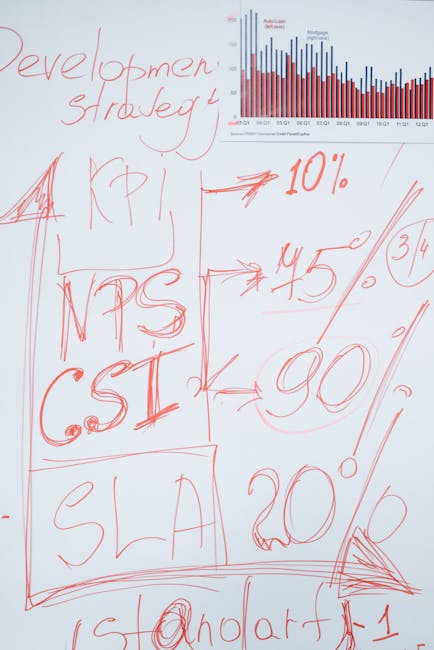
Use LinkedIn Analytics
LinkedIn provides built-in analytics for both personal profiles and company pages. These analytics offer insights into:
- Content Performance: Review how each post performs, looking at metrics like reach, clicks, and engagement. Identify the posts with the highest engagement to understand what type of content your audience prefers.
- Audience Demographics: Examine the industries, job titles, locations, and seniority levels of your audience. This information helps you fine-tune your content to match the interests of your target audience.
- Visitor Insights: Check which LinkedIn users are viewing your profile or page, as this can highlight potential leads interested in your brand.
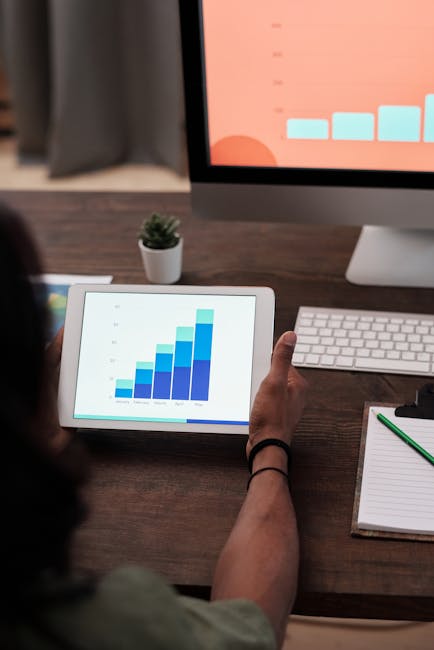
Track Off-Platform Metrics
While LinkedIn analytics are essential, you should also measure results outside of LinkedIn. Using tools like Google Analytics can provide insights into:
- Referral Traffic: Identify how much website traffic comes directly from LinkedIn. Google Analytics can help determine which specific LinkedIn posts or pages are driving the most visitors to your site.
- Lead Quality and Conversions: Use tracking links (UTM parameters) to see how many visitors from LinkedIn convert into leads or customers on your website. Monitor what these users do on your site, such as downloading resources or scheduling consultations.
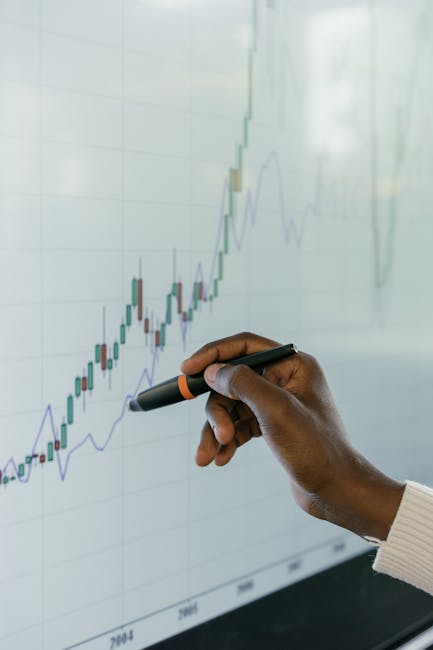
Calculate Content ROI
To determine the ROI of your LinkedIn content, compare the value generated from your LinkedIn activities against your investment (both time and financial). Here’s a simple formula to calculate content ROI:
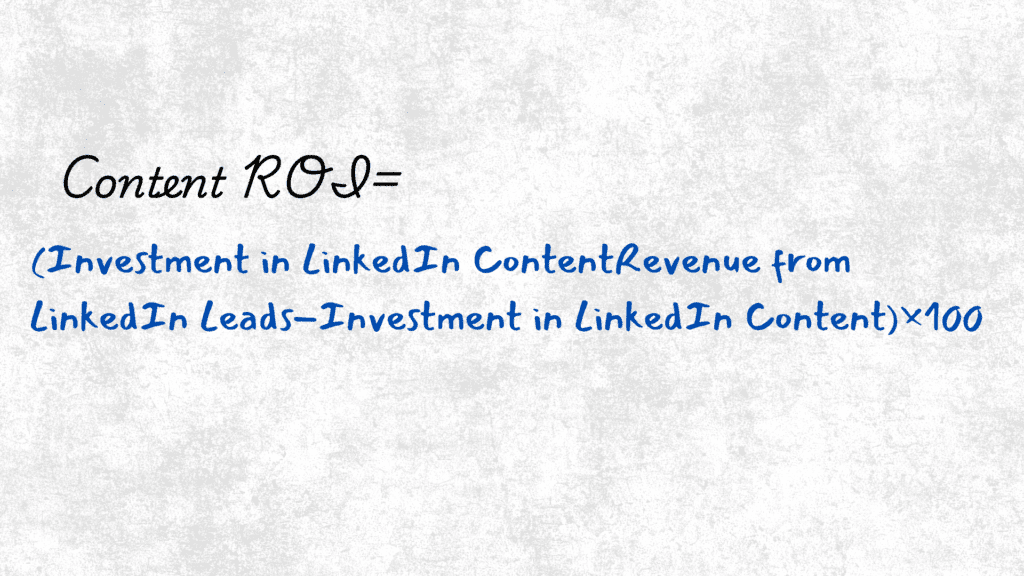
For example, if you spent $1,000 on LinkedIn content creation and generated $5,000 in revenue from leads acquired through LinkedIn, your ROI would be 400%. This calculation helps demonstrate the financial impact of your LinkedIn efforts, justifying further investment in the platform.
Optimize Content Based on Insights
Measuring LinkedIn content ROI should be an ongoing process. Regularly assess what’s working and what isn’t by reviewing your KPIs, analytics, and off-platform data. Look for patterns, such as which content types or themes generate the most engagement or conversions, and focus on optimizing these areas. For example:
- If infographics receive the highest engagement, consider incorporating more visual content.
- If conversion rates are high for specific posts with call-to-action links, prioritize including CTAs in your content.

LinkedIn Automation for B2B Content Distribution

As LinkedIn content demands grow, automating certain aspects of content distribution can streamline workflows, increase consistency, and help you reach a broader audience with minimal manual effort. LinkedIn automation tools specifically tailored for B2B content distribution can make it easier to maintain a consistent presence and connect with your target audience efficiently. Here’s how to use LinkedIn automation for B2B content distribution effectively.
Choose the Right Automation Tools
There are several tools designed for automating LinkedIn content distribution, each with features that cater to different aspects of LinkedIn marketing. Some popular tools include:
- Buffer: A straightforward scheduling tool that allows you to plan posts in advance and analyze engagement metrics.
- Hootsuite: Offers advanced scheduling and monitoring features, plus an analytics dashboard to track engagement and conversions.
- Zapier: Automates repetitive tasks by integrating LinkedIn with other platforms, such as automatically posting new blog updates from your website to LinkedIn.
- Dux-Soup: A LinkedIn-focused automation tool that can help with lead generation by automating connection requests and follow-up messages (use cautiously to avoid over-automation).
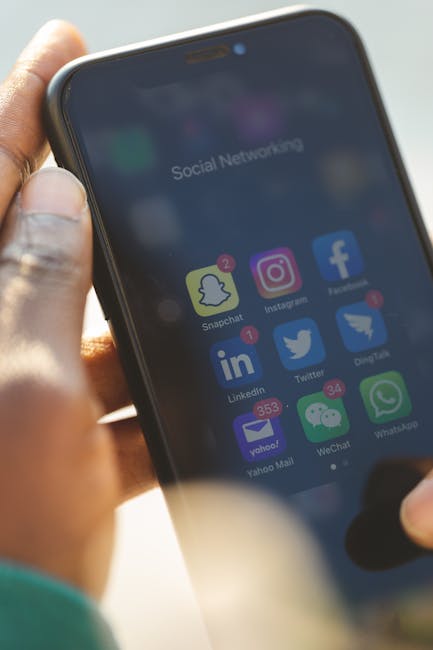
Automate Content Scheduling and Distribution
One of the biggest benefits of LinkedIn automation is the ability to schedule posts in advance, ensuring a steady flow of content without constant oversight. Set up a posting schedule that aligns with peak engagement times on LinkedIn (often mid-week mornings for B2B audiences) and automate your distribution across multiple LinkedIn profiles if needed.
Best practices for scheduling include:
- Planning out a weekly or monthly calendar to maintain consistency.
- Using analytics from previous posts to determine the best times for maximum reach.
- Adjusting content formats (e.g., video, infographic, carousel) based on what performs best for your audience.
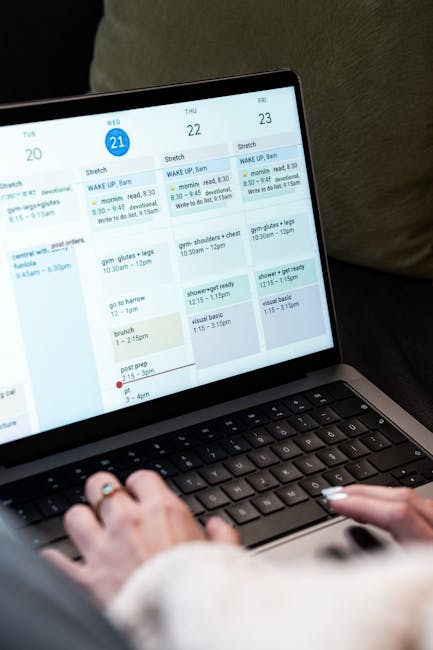
Implement Automated Engagement Strategies
Automating engagement, when done thoughtfully, can boost visibility and engagement without appearing impersonal. Some ways to automate engagement include:
- Welcome Messages for New Connections: Use a tool like LinkedIn Helper to send a polite, customized message to new connections. This can create a positive first impression without being overly promotional.
- Content Resharing: Set up an automation that reshares high-performing posts periodically to keep them visible to a new set of followers.
- Monitoring and Responding: Use automation tools that track mentions, comments, or keywords, enabling timely responses to relevant interactions.
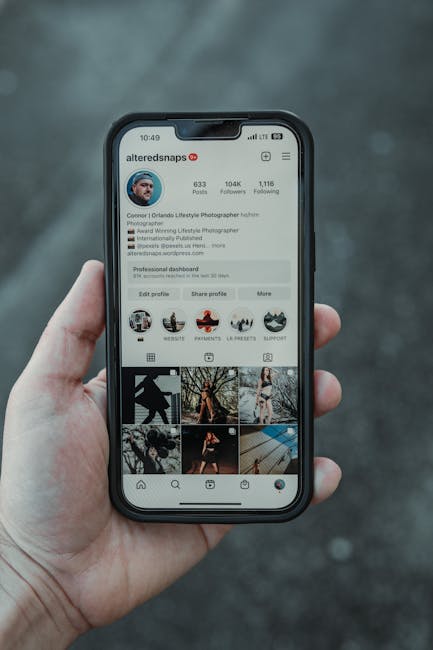
Leverage CRM Integration for Enhanced Lead Nurturing

If you use a CRM like HubSpot or Salesforce, integrate it with LinkedIn automation to create a seamless experience between LinkedIn interactions and your sales pipeline. Automated tools can add LinkedIn leads to your CRM, track their activity, and schedule follow-up messages. This approach allows you to nurture leads consistently and efficiently, ensuring no potential opportunity slips through the cracks.
Use Automation with Caution
LinkedIn has strict policies against certain types of automation to protect user experience and prevent spam. Be sure to follow LinkedIn’s guidelines, including limits on automated connection requests and message volume. Over-automation can lead to account restrictions, so balance automated tasks with personalized, manual interactions to maintain LinkedIn’s standards.
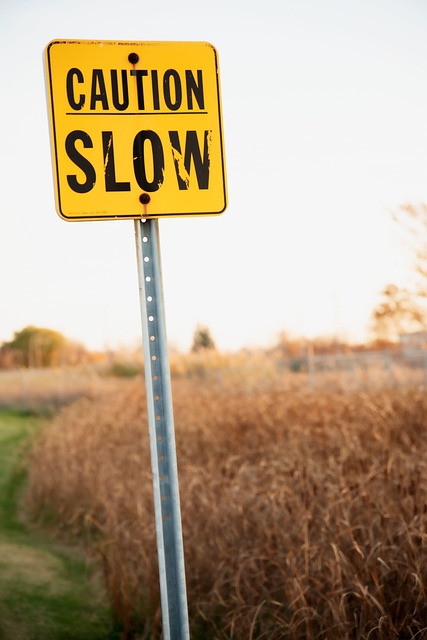
Regularly Review Automated Content Performance
Automation is not a “set it and forget it” approach. Regularly monitor the performance of automated posts to assess engagement levels and adjust your strategy as needed. By reviewing automated content metrics, you can refine your approach, focus on top-performing content types, and make data-driven decisions about future LinkedIn strategies.
Ready to transform your LinkedIn strategy?
Start by applying these insights to your content plan, experiment with the tools discussed, and share your successes and challenges in the comments below.
